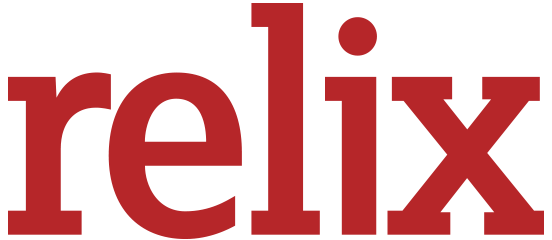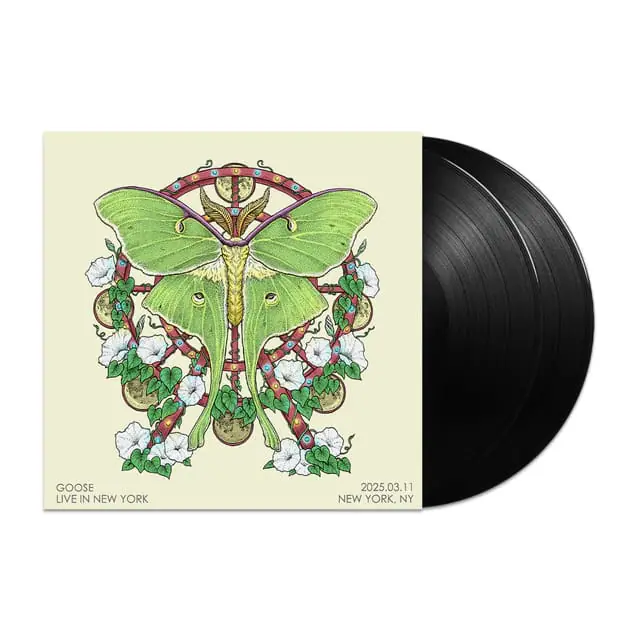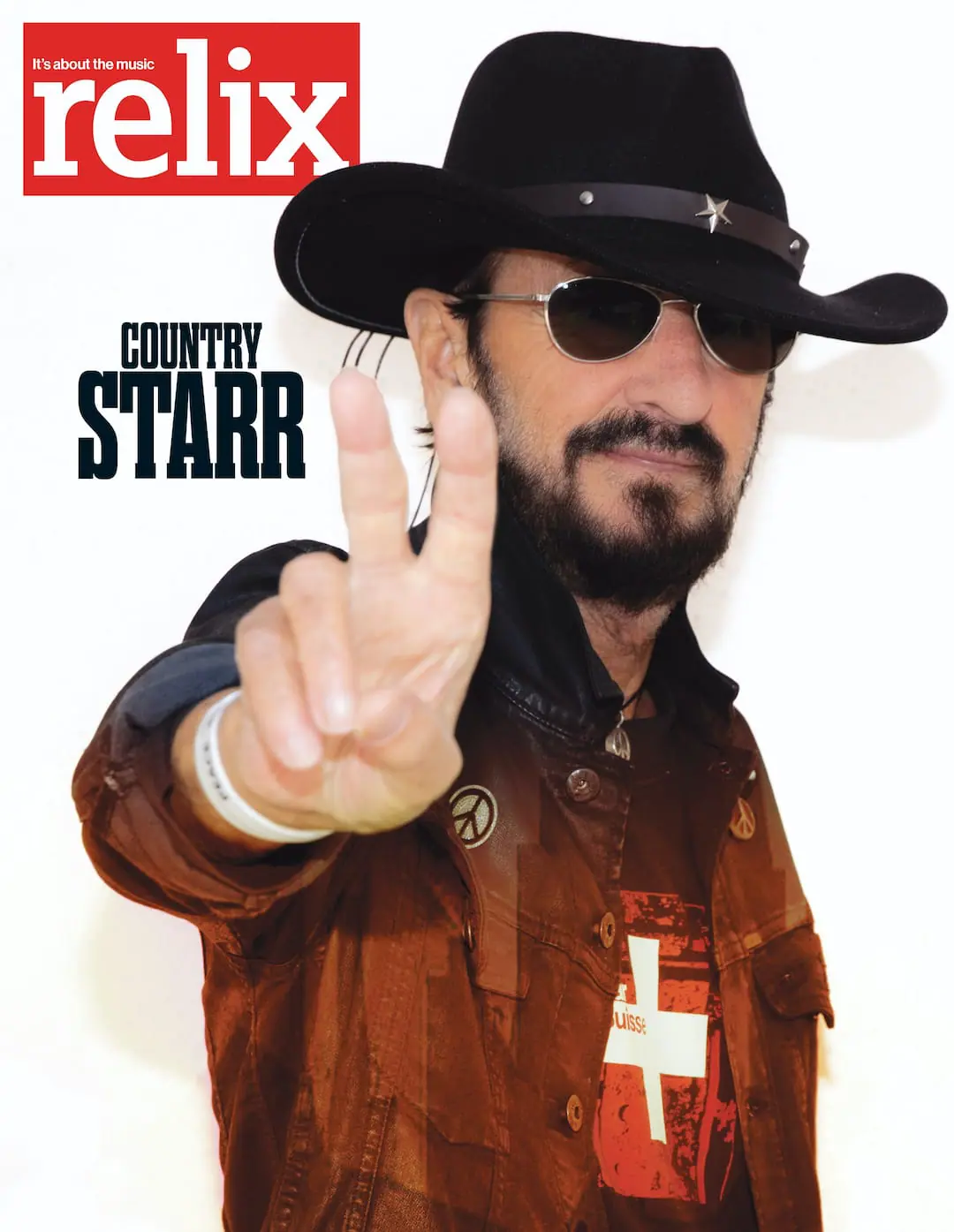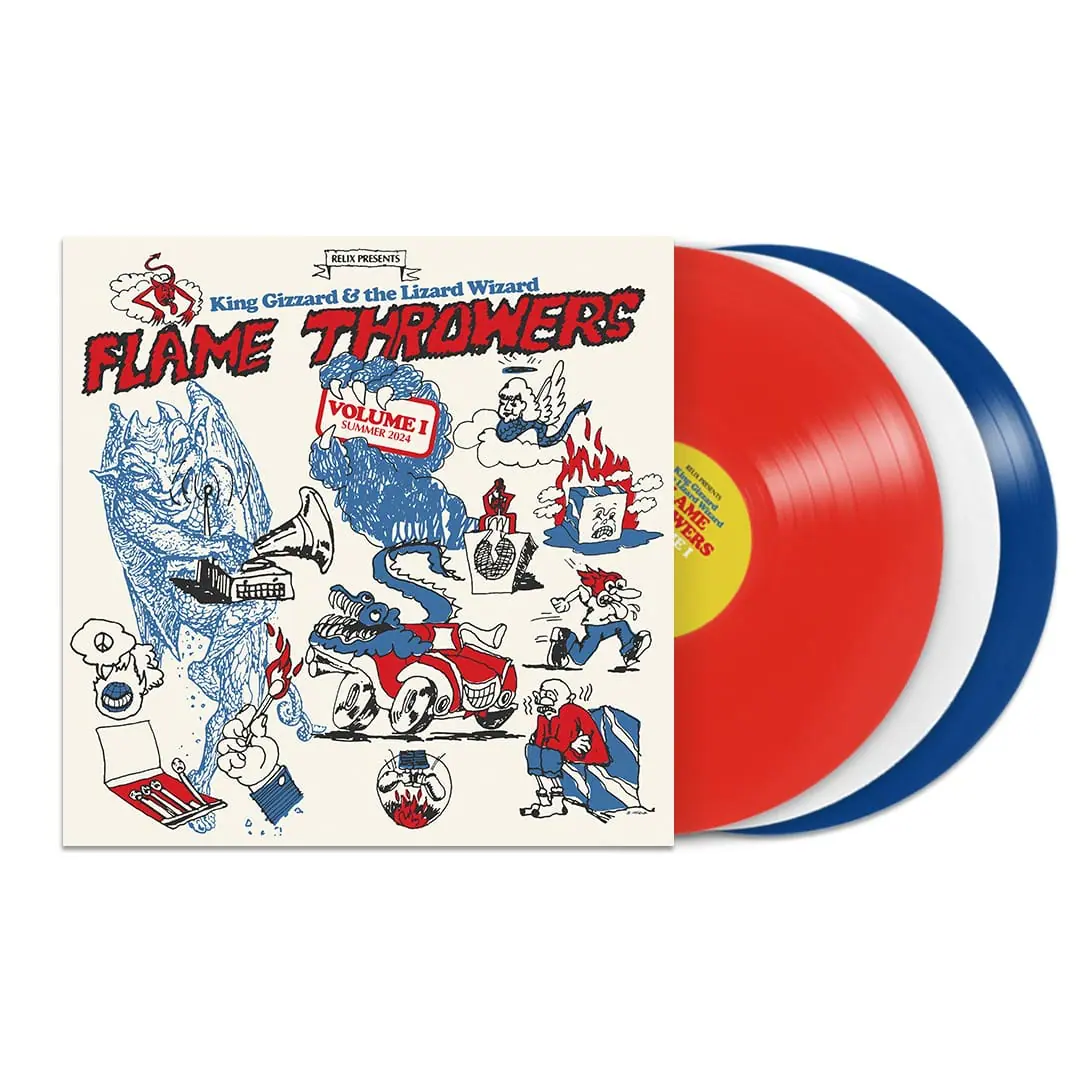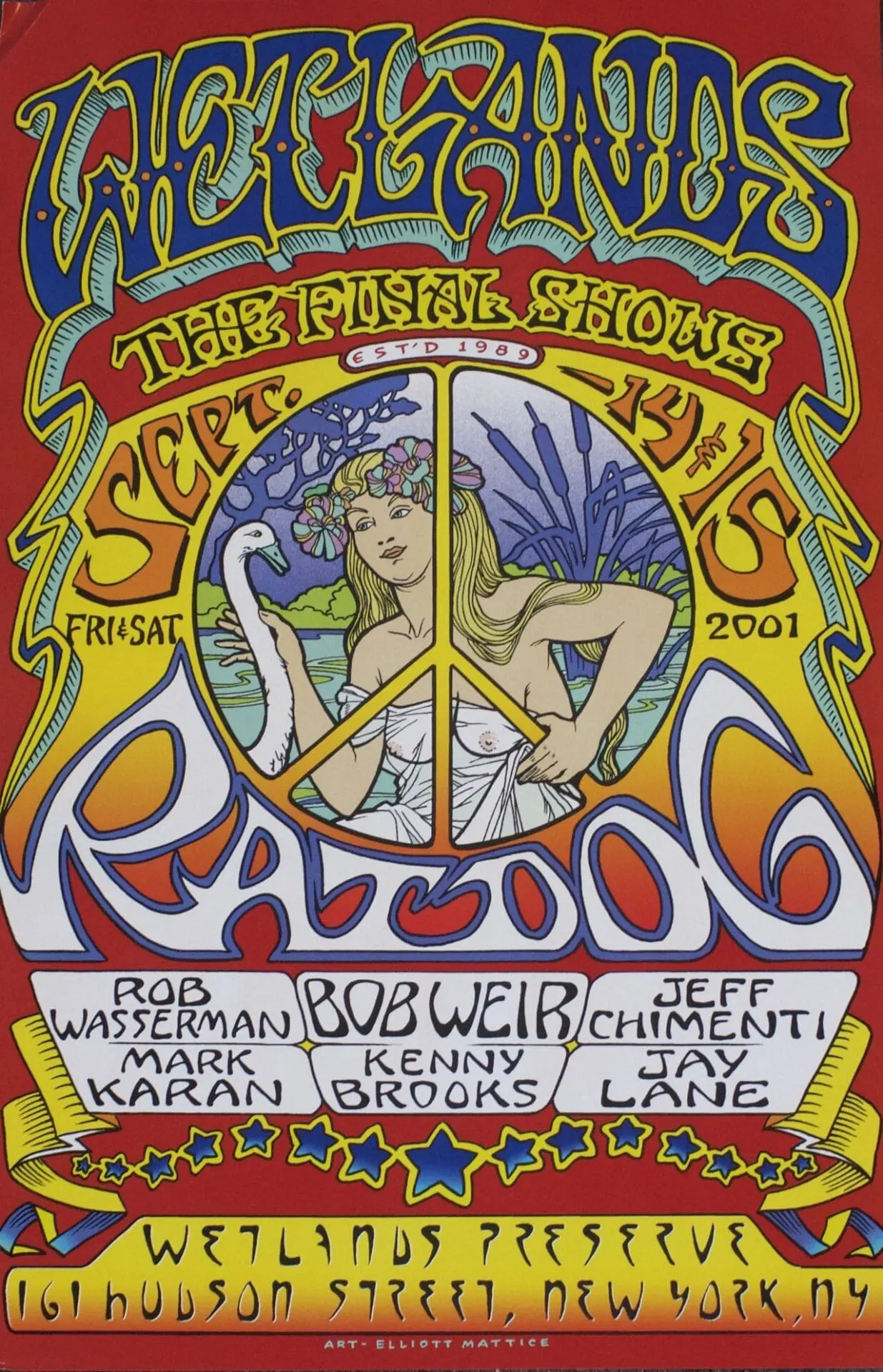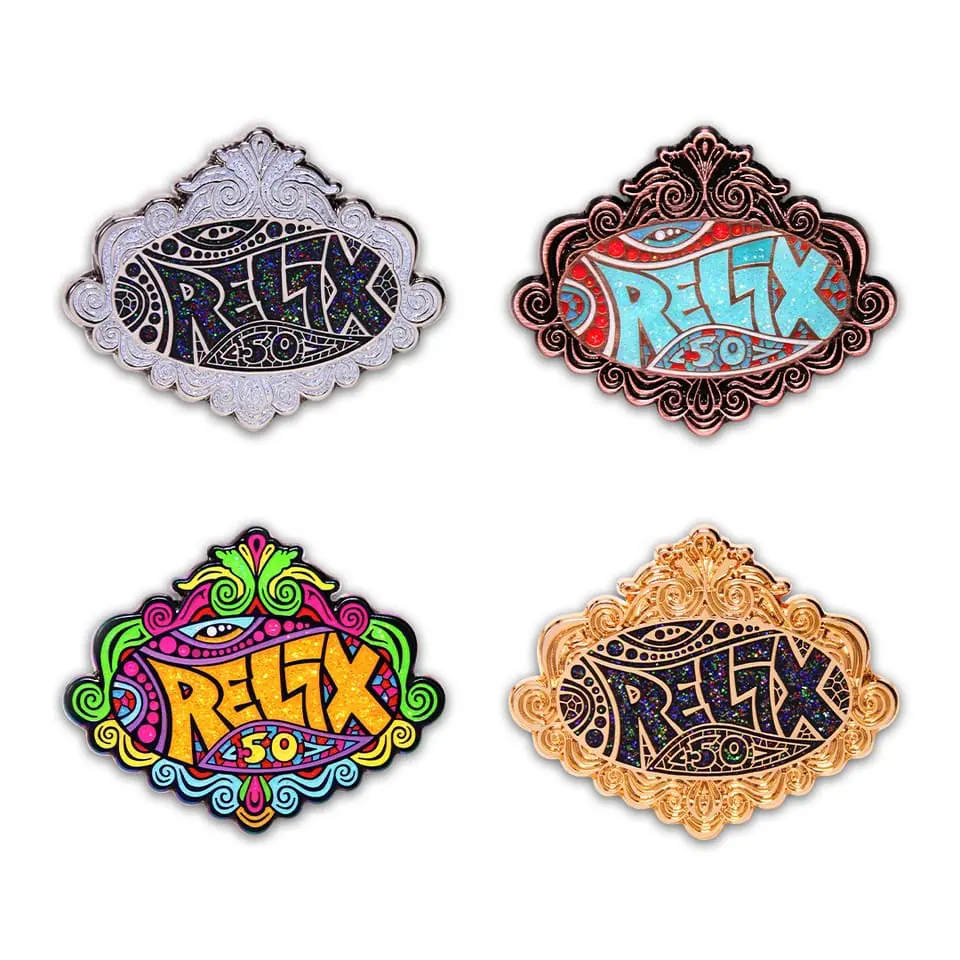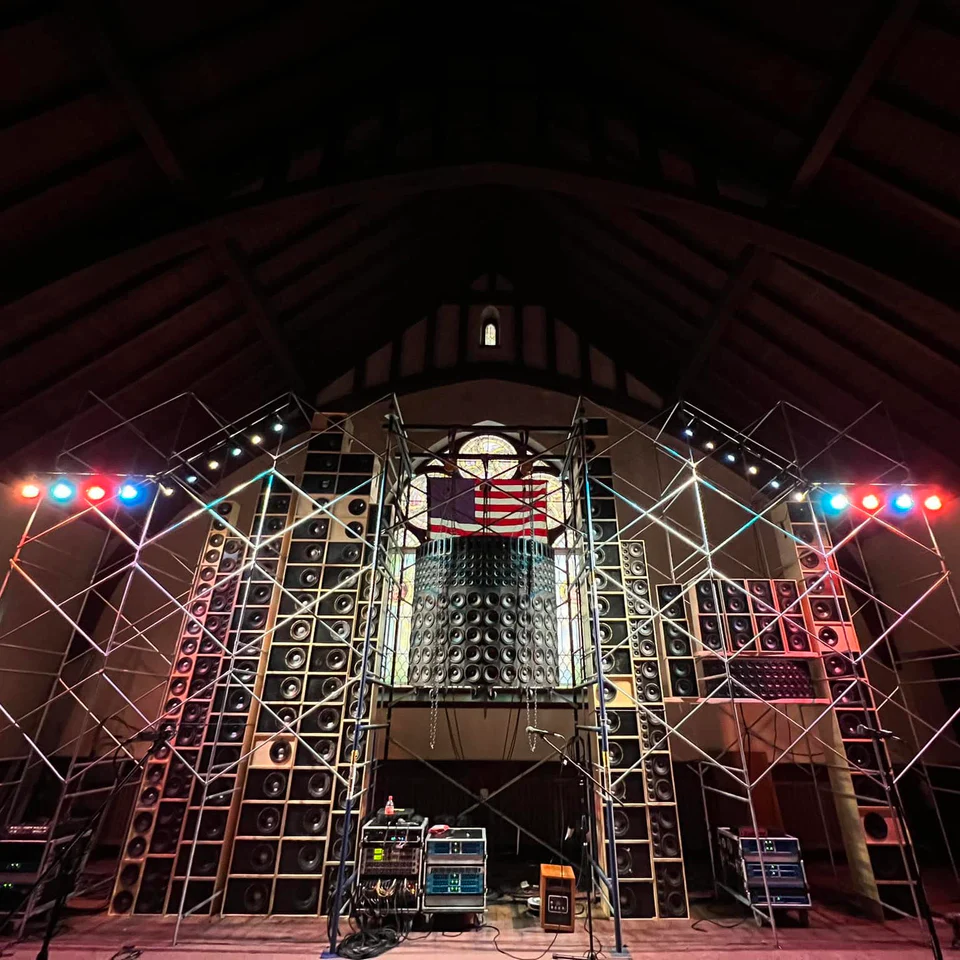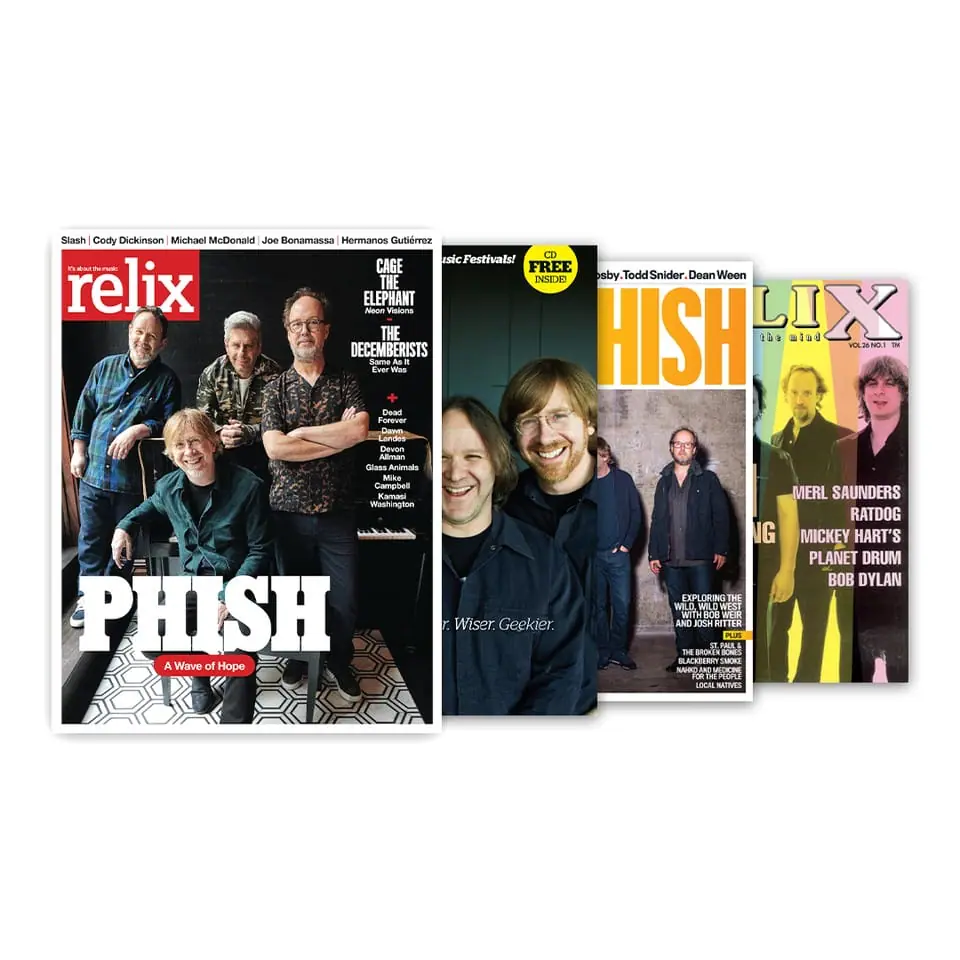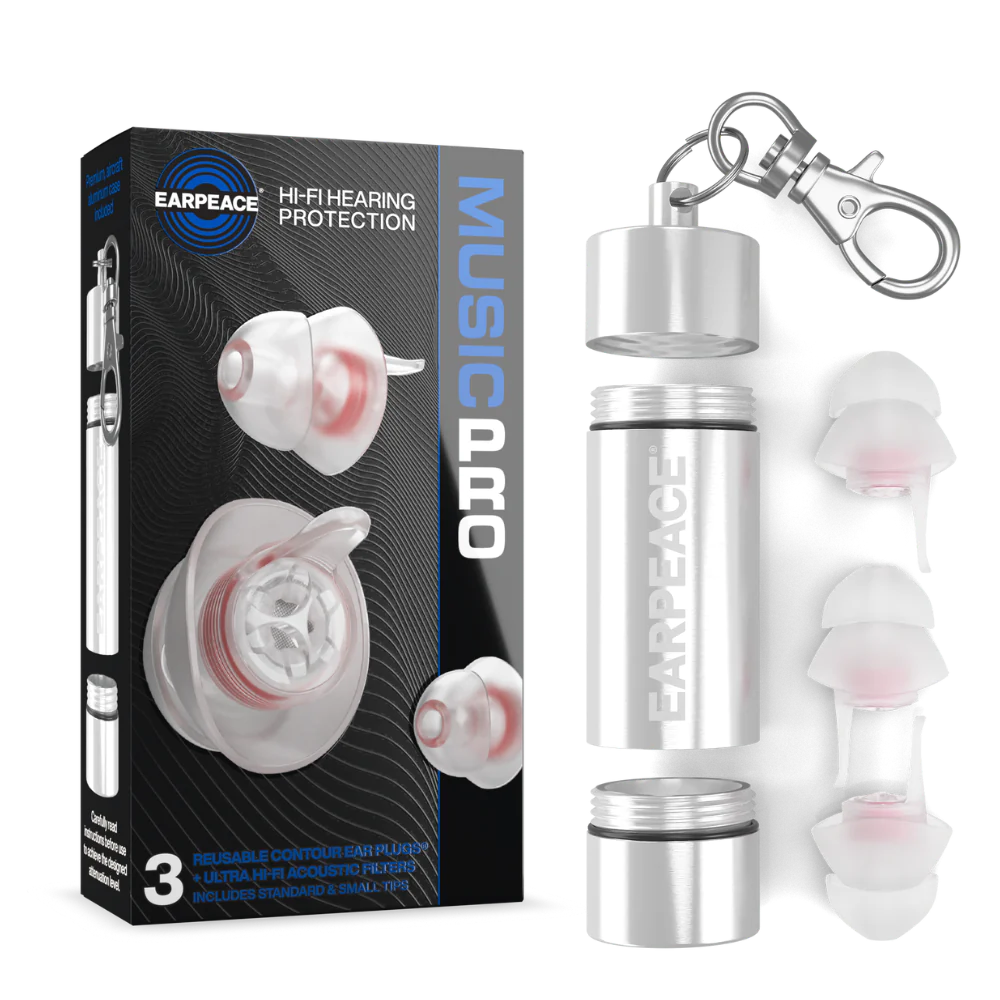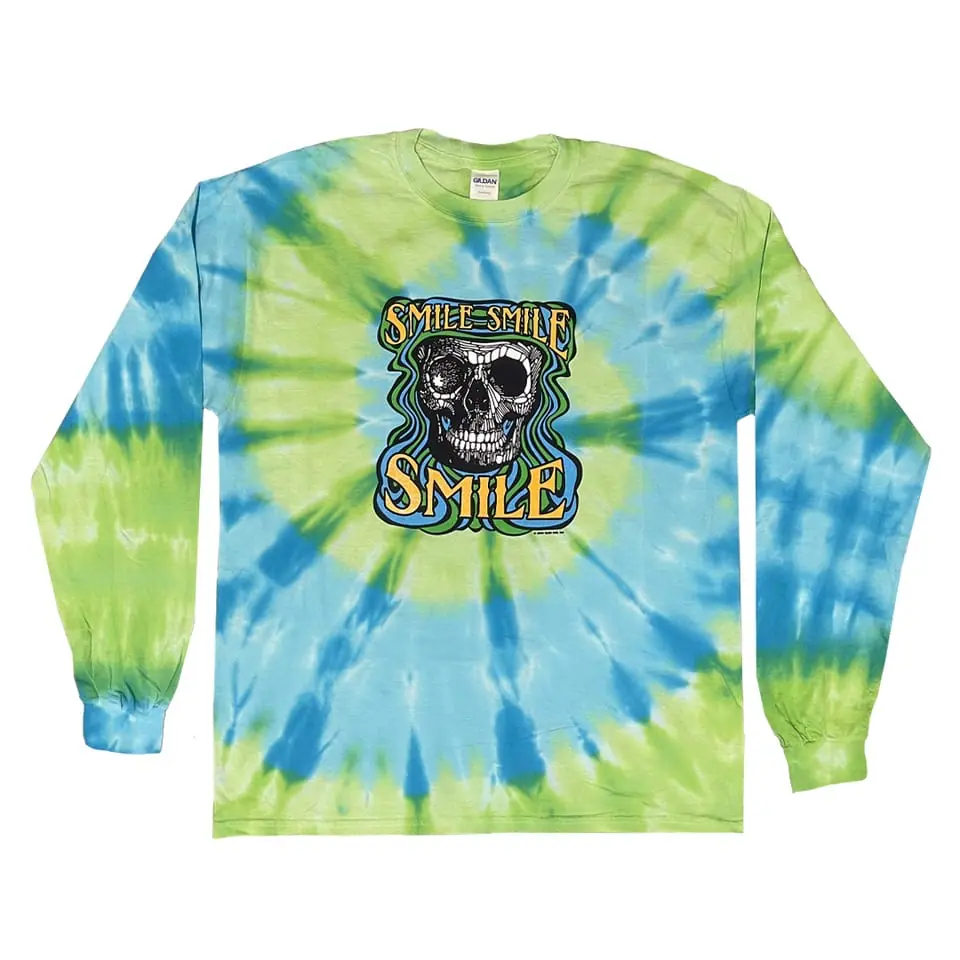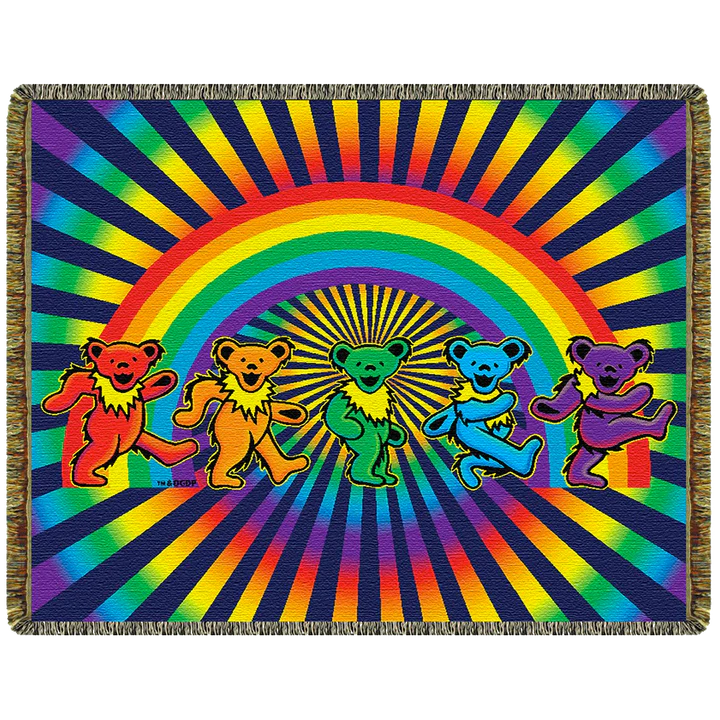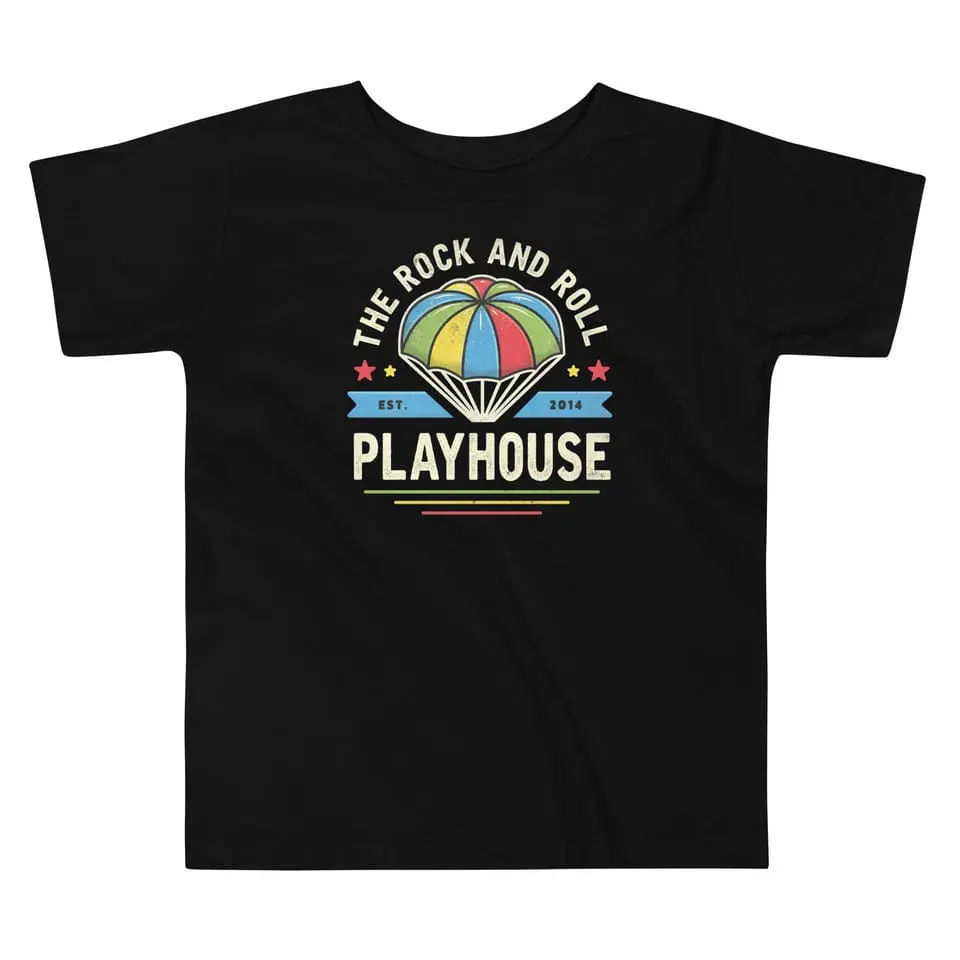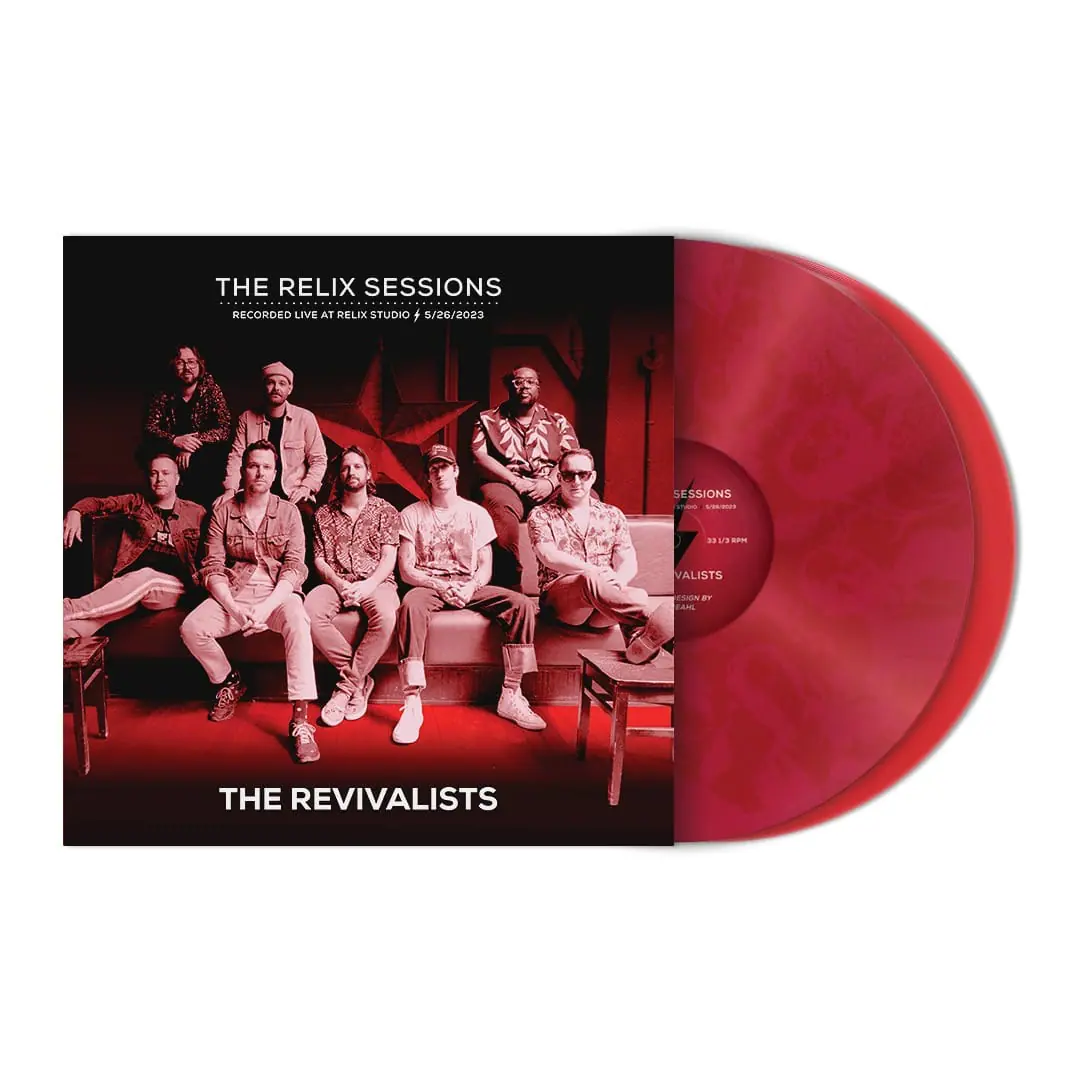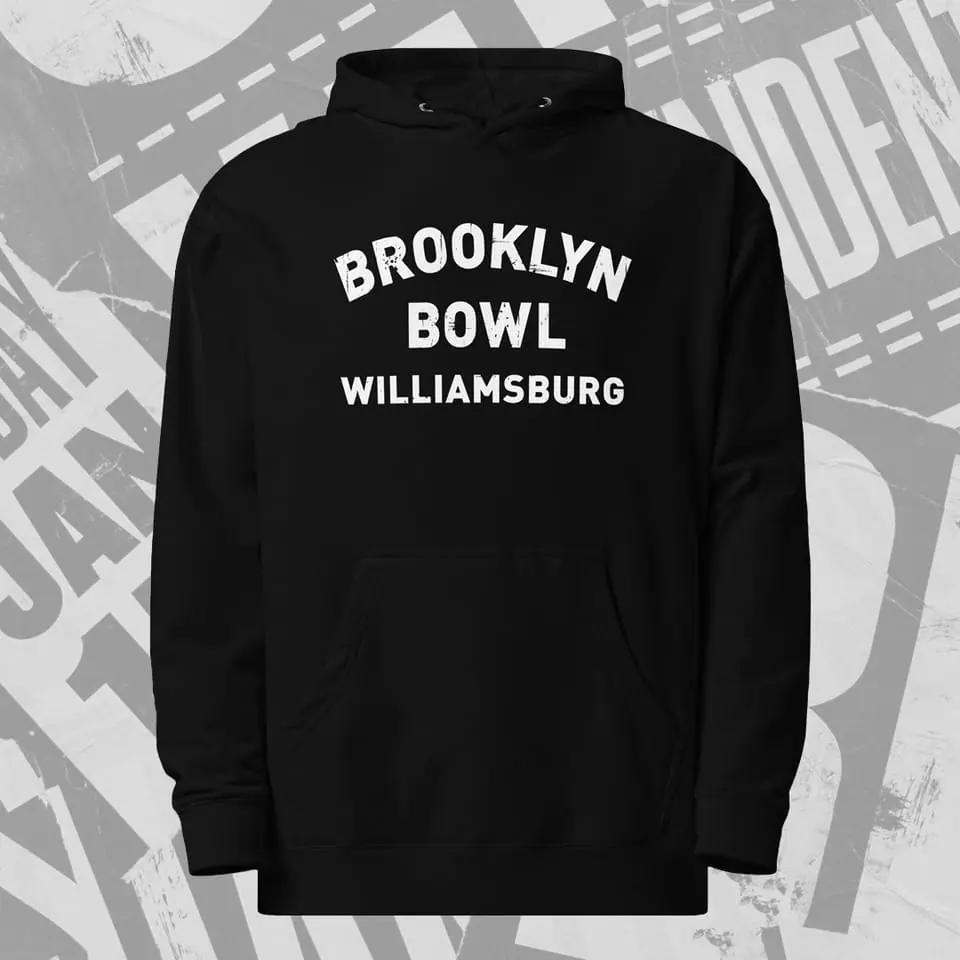Behind the Velvet Rope of LadyLand’s Ultimate Pride Celebration
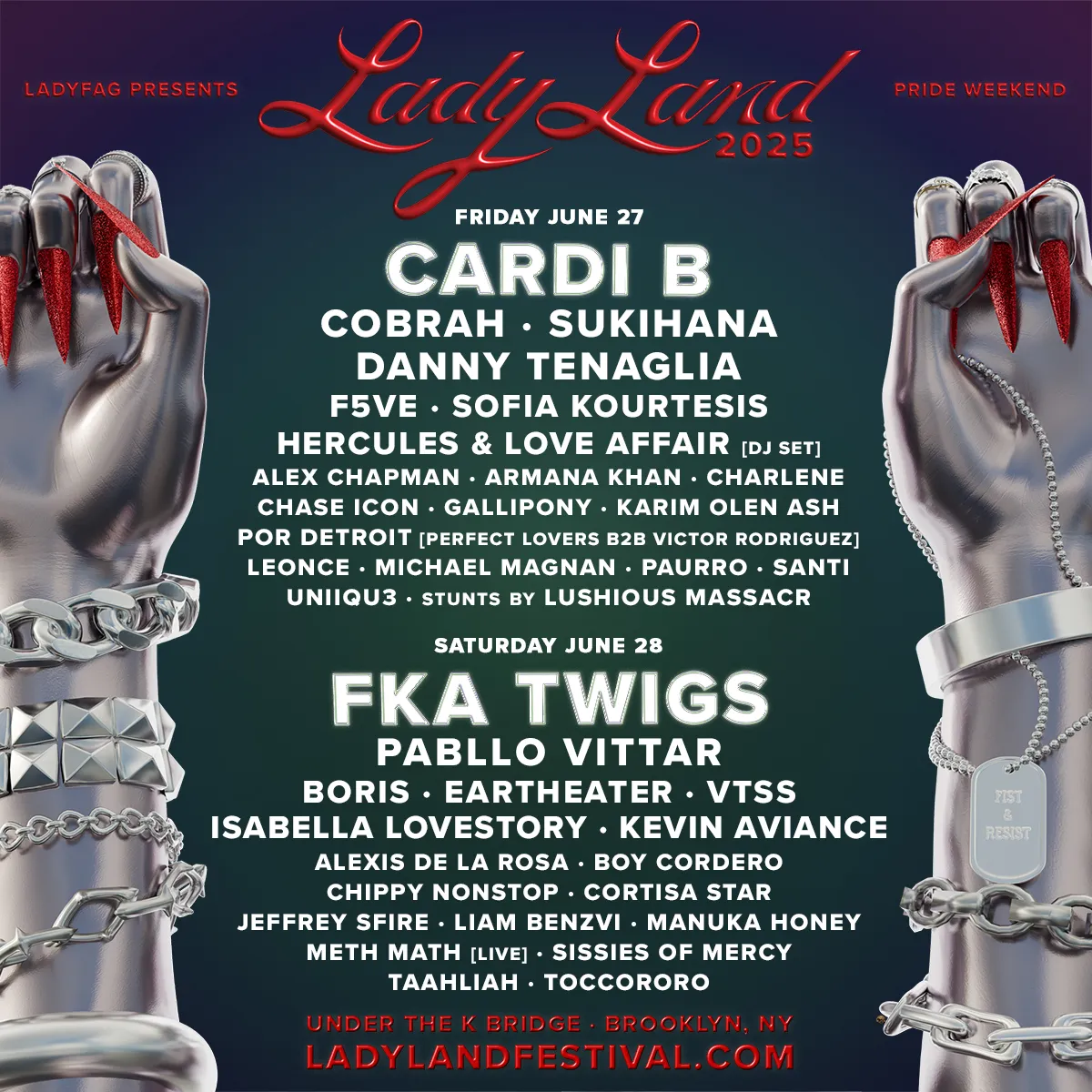
Next weekend, June 27 and 28, New York’s queer underground will commune beneath the Brooklyn-Queens Expressway for LadyLand, the undisputed crown jewel of the city’s Pride month celebrations. Part festival, part rave and all glamour, the local favorite event’s return promises two nights of transcendent, liberative music and spectacle as the scene struts out for one last party.
From the jump, LadyLand has earned esteem for its meticulously curated lineups that pair certified icons with cutting-edge emerging talents. In its seventh annual staging, the festival maintains that high standard with pathbreaking acts like Cardi B, FKA Twigs, Pablo Vitarr, Sukihana, Eartheater, Isabella Lovestory, Alex Chapman and many more–all of whom know to bring their biggest, baddest performances for a crowd of the city’s tastemakers, live music lovers and perpetual VIPs. Beyond the music, the festival fosters an inclusive, community-focused atmosphere onstage and off–any and all willing to match the infectious energy are welcome.
While LadyLand projects an air of effortless perfection, it’s a labor of love for Rayne Baron, the LGBTQ nightlife producer, promoter and matriarch better known to club celebrants as Ladyfag. Baron–whose beloved events like Holy Mountain and Battle Hymn have left an indelible imprint on the city’s club landscape–has fully committed year after year to the involving process of creating a music festival in New York, in effect pioneering new possibilities when local festivals were all but extinct (the inaugural CBGB festival will follow in LadyLand’s footsteps in September). The founder takes partying very seriously as the counterculture’s common ground and lives by LadyLand’s defiant motto: “Fist and Resist.”
Since 2018, LadyLand has grown from an impossible dream of 5,000 fans at the Brooklyn Mirage to an unbelievable reality; in its third year at Greenpoint’s Under the K Bridge Park, where the din of traffic overhead blends into the joyful chaos on the ground, Baron hopes to draw a crowd of 20,000. 2025 also marks the festival’s second year with co-producers Bowery Presents, a partnership that has enabled Baron to commit her focus to providing a platform for deserving artists lacking opportunities elsewhere.
At the end of May, with Pride right around the corner, Baron spoke with Relix about the spectacle to come following her first trip to the festival site. “When we were there, it was sort of a construction site, but the stage was there with some new little setups and stuff, and just being there, we were like, ‘Holy shit. Alright. It’s happening,’” she said, before speaking to LadyLand’s guiding principles, changes for 2025 and the unique challenges of building a Pride celebration that anyone who’s anyone is attending. Read the full conversation below, and find tickets and more information on LadyLand at ladylandfestival.com.
What’s new at LadyLand 2025?
This year, we are once again doing two days, three stages–three flexes, the central one being the hub. This year, that one will be a little bit different. We have our Fist and Resist Stages–which is part of our theme, “Fist and Resist.” Do with that as you may.
Then the third stage is the Truck Stage, which started primarily as more of a local stage for DJs, but it’s kind of expanded as last year, we already had people who weren’t necessarily local; in some ways it’s up-and-coming, but that’s not really a rule because Chippy Nonstop is on that stage–there’s people who are already established or on the rise. So we’re excited that this year, we’ve expanded that stage. With the help of Red Bull, bless them, we are going to build a bigger stage in a bigger area.
Ladyland started as a festival-meets-rave-meets-party. Because I come from a club and rave background, I wanted to kind of combine the festival experience with what I know, which is club. So we’re trying to build out the Truck Stage into a kind of outdoor club rave inside the festival itself. It’ll be hosted by Paul’s Dolls and all the Dolls, and we’re pretty proud of that lineup.
There are some really good DJs on there: Paurro, from Mexico, who’s a friend and an amazing DJ. Leonce, who definitely has a lot of buzz around them–I’m really excited; Por Detroit, they’re coming in for it. They did Pride with us one year, but not at Ladyland, and they’re an incredible duo. Karim Olen Ash, who’s from Toronto and does amazing stuff there, and now lives in New York.
There’s a lot of really amazing DJs on that stage, so we’re excited. The festival is growing. It’s just growing.
This year marks LadyLand’s third staging at the Under the K Bridge Park. How has the festival grown in the space since 2023?
The first year we did it on our own, and we were the first ones to really do a festival or anything of that scale there. So there was no template–we just had to make it up as we went. In all honesty, it was scary for us. But apparently, we did an okay job, and Bowery Presents had come to it and were very impressed, so they joined us.
Now they’re co-producing it with us, which is really great, ’cause it allows us a lot more time to focus on some of the other things that are important to us as a queer festival. We can take more time with those kinds of things, instead of having to focus on, you know, how many bathrooms we have in one area. Which is a very important thing at a festival, and I promise you, we have enough bathrooms [Laughs].
With 17,000 attendees last year, and shooting for 20,000 this year, that can’t be getting easier. Coming from a first-year attendance of about 5,000 people, has the festival’s atmosphere changed with its growth?
I’ll say, just on that tip, that as far as festivals go, we are very small. Every time I go to another festival, I realize how small we are, and I like that. I like that it’s an intimate festival-meets-party-meets-rave-meets-Pride celebration, because it really is about community.
It’s always hard to explain to people like, “Oh, everybody knows each other.” Like, what does that mean? Obviously, 20,000 people don’t know every single person, but there are so many little scenes inside there, where most people know other groups of most people. So it is more of a community-type thing.
When I go to other festivals, I’m not expecting to see anyone; I’m there solely for the music, and maybe I’ll bump into someone, but doubt it. This is really about the queer community in New York, and all the visitors that come for Pride, and all the–as we call them–fag hags who join their boys at Pride. That’s fabulous too, you know, it’s Pride. It’s for everybody, and everyone’s welcome. But it’s shocking how many people really do know each other, even if not by name. New York’s a big small town.
I like the size of it. To me, this is honestly kind of the ideal size. I don’t really want it to grow so much, and I don’t think Under the K does either, so I think this is where we’re at [Laughs].
It really manages to capture that club feeling of exclusivity and tightness, despite the fact that it’s thousands of people in a public park.
It’s bigger than anything else that people are used to. It’s special in that big festival feel, but still small. So I feel like it’s a bit of the best of both worlds for New York.
Given that community focus and the many local heroes on the bill, the show does have a real New York state of mind. Is that a deliberate emphasis, or is that just one of many curatorial considerations?
Whether it’s New York or anywhere else, the idea from the very beginning has always been to put some larger artists alongside artists that might not get a stage traditionally. I think things have changed in a positive direction, but in general, especially when I started it in 2018, there weren’t many opportunities for a lot of these artists to ever get to be like, “I played a festival!”
For me, obviously, we need to have some of the bigger artists that drive ticket sales and that get people to come to it, but then I hope that people get to see artists that they would never get to see anywhere else and discover new talent. Then maybe those artists will be the next big thing. Even if they’re not, then they got to play a festival.
It feels like the right thing to do to create platforms for people who deserve them and aren’t getting them. If you set that example, then hopefully these people can get other gigs, because they’ve played a festival before and been on a lineup with Cardi B or whoever it was that year. I feel like that inspires people to feel proud of their community.
I know at LadyLand alone, Tinashe followed that arc by performing on a side stage in 2022, then coming back to headline the main stage last year.
In general, we don’t do that very often. This year we also have COBRAH, who headlined the Resist Stage a few years back, and now she’s on the main stage. But that doesn’t happen often.
Tinashe performed with us a few years back, and obviously, she was an incredible performer live–she puts on a whole insane show. Then last year, when we had one of our artists cancel, Tinashe had the song of the summer. So we were like, “Oh! It’s last minute, I know we’ve already had you, but you were fucking amazing and everyone loved you, and now you’ve got the song of the summer–wanna come back?” She said yes, and it was a really great moment for all of us, because she had that incredible moment with “Nasty,” and we had a bigger stage for her.
But yeah, we don’t generally have too many people return, except Michael Magnan, who is my go-to DJ always and forever. He’s one of the best DJs in New York, and he has played every single festival. He’s our lucky charm.
Ladyland, of course, is unlike anything else out there, but you’ve been putting on standard-setting shows in the city’s queer nightlife for almost two decades. How has the festival shifted your process of ideation and actualization?
I think I’m a lot less naive, for better or for worse. In 2018, when I did this, there wasn’t anything like this, and I was like, “Huh! Why is there nothing like this? I’ll do it!” [Laughs]. You know, I tried to get investors, and they all said “No. That’s stupid, that’s never gonna work.” So I took out a few extra credit cards, it was just me and one other person in my kitchen being like, “Let’s throw a festival!” And so we did it, and it was successful, and that naivety allowed me to do something like that.
Different times, you know. You could get a lot more performers for close to nothing. Now everyone’s dog’s hat has an agent, and so everything’s just gotten a lot more complicated, more expensive, a lot more radius clauses and, you know–it’s just a different time. But really, it’s still coming from the same place. From the very beginning, you try to seek out the talent that’s available in the price range you can afford, because as mentioned, we are a small festival.
I’m very grateful for a lot of the talent that has just really believed in the festival and thus played it for us. It’s nice for the audience to get to see some of these bigger artists in such a small environment that they wouldn’t usually get to, and I think it’s nice for those artists to be able to connect to this demographic in such a closed space, rather than a 100,000-person festival.
I guess I’ve been brought to earth knowing what it takes to actually put on the festival. But it’s a learning process, and we are actually a much smaller team than people think. I’m sitting here with the amazing Carlos and Veronica, and the three of us basically build a lot of this festival. It’s just us. Of course, now we co-produce with Bowery, that’s taken a lot of that off, and obviously there’s a much larger staff when we actually put on the festival. But throughout the year, building it up, it’s just us.
It’s intense. It’s a lot. These two months are always very stressful, May and June–it’s all coming together now. It’s definitely stressful, but it’s exciting. Going to the site last week and seeing it like that was exactly the push we needed to get this over the finish line, just to see the excitement. Every year, we kind of wonder, “Why are we doing this? There are so many easier ways to do things.” [Laughs]. Then obviously, once we do the festival, we’re just so happy we did it. But until then…
It’s an uphill battle until it finally happens.
Yeah. Like we always say when we throw parties–and the same goes for this festival, if not 10 times more–you don’t throw a party, and then there’s a problem sometimes, and then you fix it. We look at it backwards.
When we’re about to do a party, especially if it’s somewhere new or somewhere we have to build out the whole venue, you kind of look at it as more problems than you can count, and then you slowly knock down the problems, and at the end, you have a party. At the end, you have a festival–not the other way around. It’s not like, “Oh, maybe there’ll be some problems.” No, the whole thing is a problem. Then you’re just trying to fix them until the festival actually happens.
There’s a sort of militant quality to the spirit of total liberation that thrives at LadyLand. That’s been a theme in your work for as you’ve been organizing, right?
Our motto is “Fist and Resist.” The other one is “An army of lovers will never be defeated,” and it comes from Will Monroe, who was my mentor in Toronto. He died, but if you Google him, he’s quite known in Toronto. He threw like the first big, cool alternative queer parties in Toronto. Up until then, there was only like the Gay Village, and it was all very rainbow flags, and there wasn’t really anywhere for any of us that felt like it was ours.
He taught me another way, which was creating the spaces you want and creating these platforms. Being queer, obviously, is political by its very nature. So everything you do, even if it’s just a party, is political. You’re creating a queer space with intention. So anyone who comes there, whether or not they’re coming there just to party, or whether Pride is more meaningful to them, whatever the experience is that they’re looking for, this space intentionally intended to be a queer space.
It’s a political space, but you are able to do with it what you want, and whatever your politics are–as long as you’ve got the right politics [Laughs]. As long as you’re not–don’t make me read that entire list. But yeah, we’re not there to discuss politics, but we’re not there to not discuss politics. It is political.
I mean, that’s the nature of queer nightlife, especially in New York. This is carrying the mantle of the places where subcultural communication could thrive when it wasn’t welcome anywhere else.
Yeah, I’ve definitely said things that have pissed people off, and that’s okay too. I mean, my name’s Ladyfag, so they know what they’re getting into bed with if they wanna be part of our festival [Laughs]. We’ve made that quite clear. So it is definitely political. Fist and Resist.

